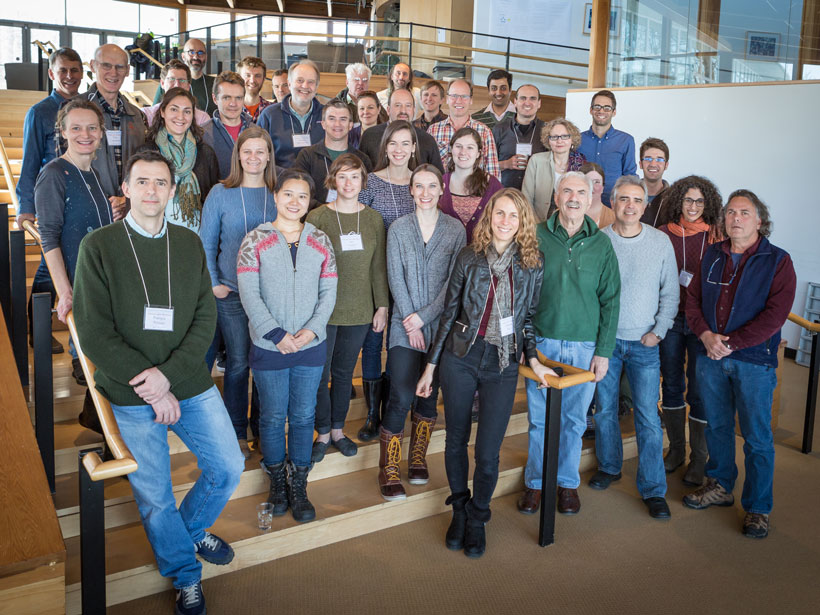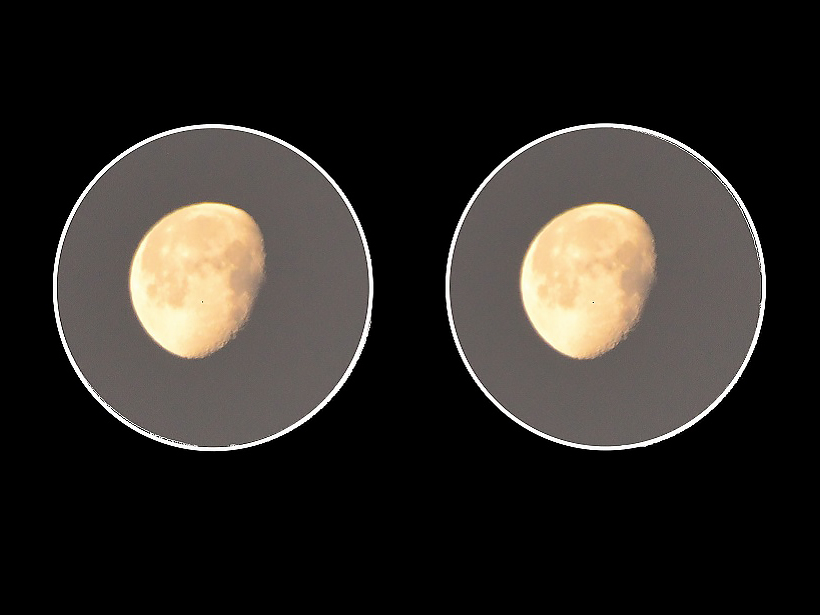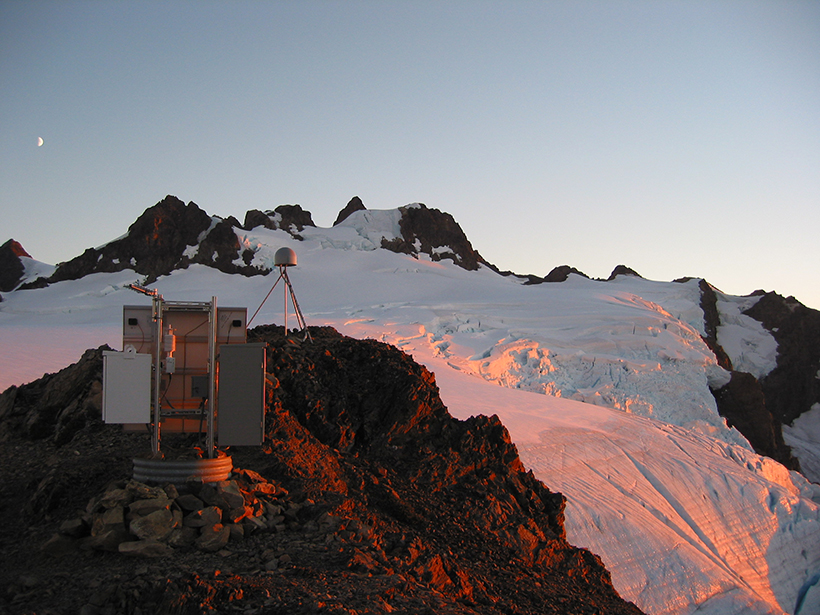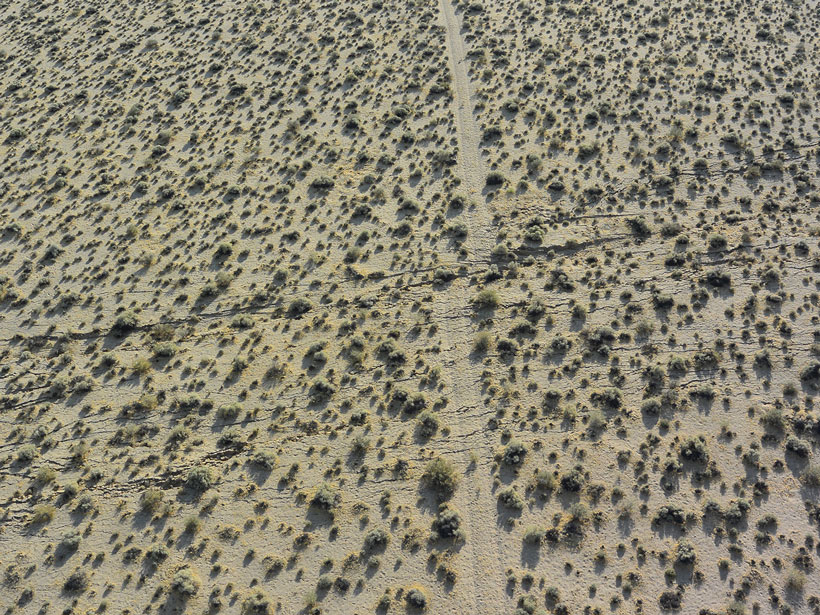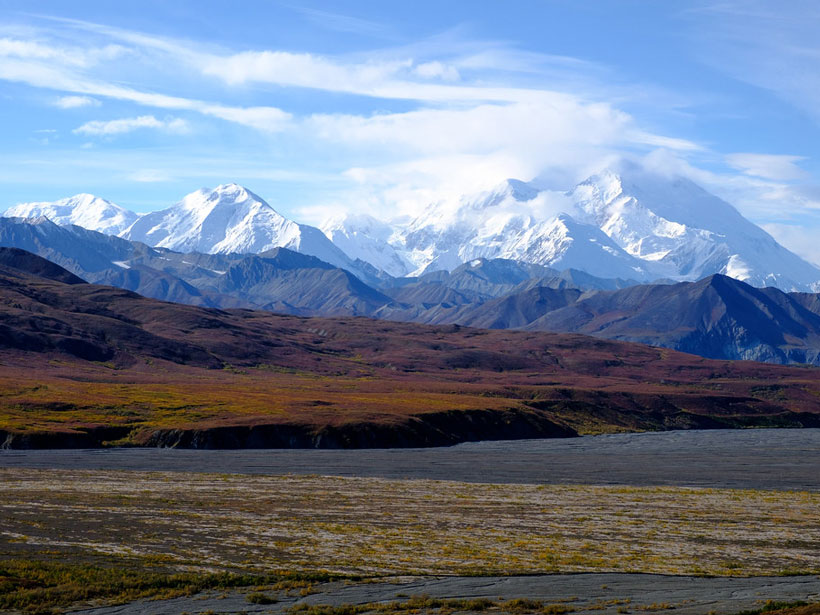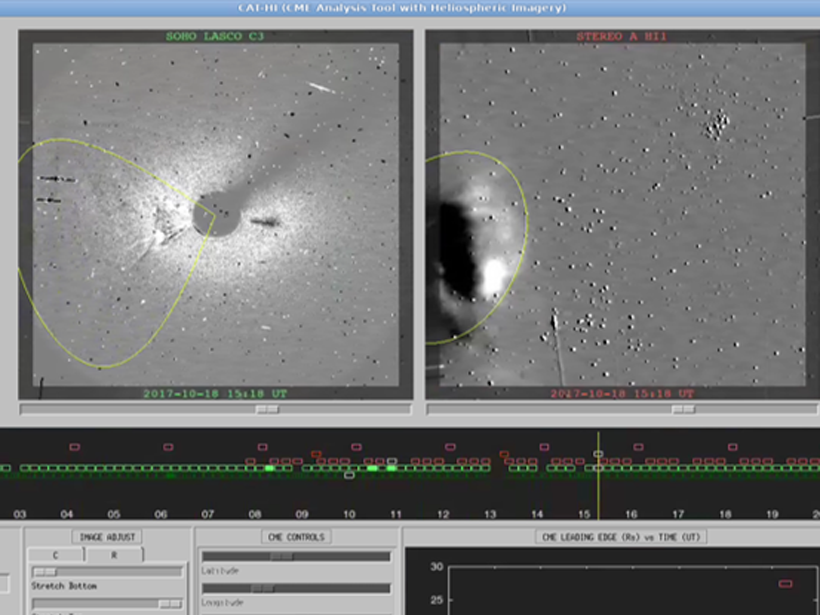A new website will soon compile and display all ancient atmospheric CO2 data.
cool tools
Binocular Astronomy
Explore the night sky with your own two eyes and a touch of magnification.
Seismic Sensors in Orbit
Navigation satellites are enabling high-precision, real-time tracking of ground displacements, supplementing traditional methods for monitoring and assessing earthquakes.
Scientists Scramble to Collect Data After Ridgecrest Earthquakes
Ground shaking in Southern California, including a magnitude 7.1 temblor, triggered a massive mobilization effort to collect seismological, geological, and geodetic data.
How to Turn Your Smartphone into an Earthquake Detector
A free smartphone app tracks earthquakes using your phone’s accelerometer. One day, the app could issue emergency warnings to those in danger.
Curiosity Rover Reveals Oxygen Mystery in Martian Atmosphere
An air-sampling study has captured long-term trends in the concentrations of five key atmospheric gases for the first time.
Eight Lessons I Learned Leading a Scientific “Design Sprint”
Applying the fast-paced technique, pioneered by Google to spur rapid innovation, to space science yielded unexpected benefits and may be a model for collaborations across many scientific disciplines.
A New Dimension to Plate Tectonics
New tools to model and visualize subduction zones in 3-D are providing researchers with insights into the gaps inherent in the theory of plate tectonics.
California Launches Nation’s First Earthquake Early Warning System
The country’s first publicly available, statewide warning system could give California residents crucial seconds to duck and cover before a quake.
Looking Away from the Sun: Improved Tracking of Solar Storms
A new tool for tracking coronal mass ejections away from the Sun opens a path toward more accurate warnings for operators who have to cope with adverse space weather.

